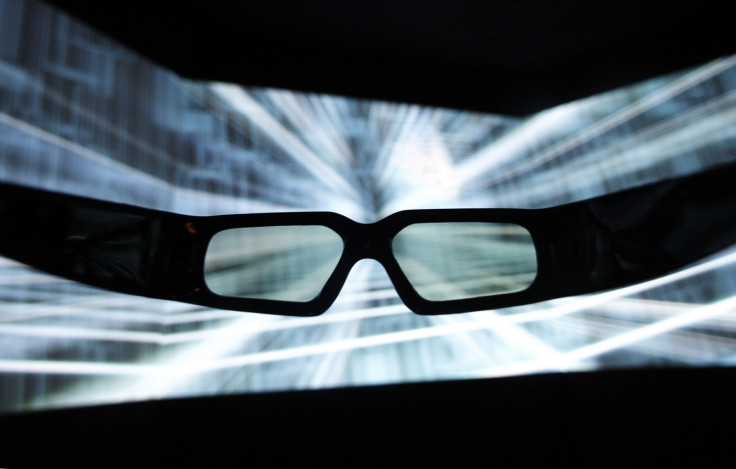Virtual Reality Headsets to Help Predict Sex Offender Behaviour

Virtual reality headsets could be used to help predict the behaviour of sex offenders, and measure the effectiveness of the therapies they have undergone.
Already successfully used to treat various anxiety disorders and phobias - as well as returning promising results in treating schizophrenia - research undertaken by the University of Montreal's School of Criminology claims virtual reality can also be used to investigate how sex offenders think and react to certain stimuli.
Massil Benbouriche, who conducted the study, said: "It is currently impossible to define the circumstances in which patients will – or will not – contain their aggressive impulses following therapy or treatment or prevent themselves reoffending. By testing research protocols that can be applied using virtual reality, we are able to help empirically validate theories that could explain why offenders act on their impulses."

Before virtual reality the only way to test for the sexual preferences of offenders was penile plethysmography, which involves placing a ring around the man's penis to measure changes in circumference caused by images or audio presented to them. A major flaw was that subjects could simply look away from the material, Benbouriche said.
With a virtual reality headset working alongside the ring, the system can be used to show content to the offender, but crucially the technology can track their eye movement and record for how long they looked at erogenous zones presented in the images. Eye movement between these zones, and the time spent looking at each, can be monitored.
Researcher will have complete control over the type of content shown to offenders, such as the age and gender of subjects shown, and the location such as a bar or private bedroom; how offenders' behaviour differs in each situation can be used to gain a better understanding on treating them.
"Now, by combining these methods with virtual reality, we are able to submit individuals to an immersive experience by placing them in a vault, that is, a cube with four to six large screens on which stimuli are projected," Benbouriche said. "In this way, we can assess what the individuals feel from their own perspective, not a third party's."
Benbouriche predicts that virtual reality may become a frequently-used clinical tool in forensic psychiatry "within the next few years, both for judging how dangerous individuals are and for determining their ability to control themselves under various situations."
© Copyright IBTimes 2024. All rights reserved.






